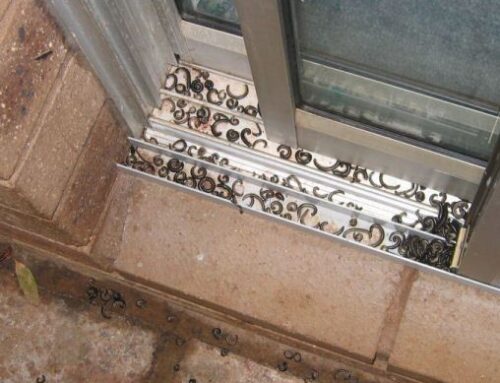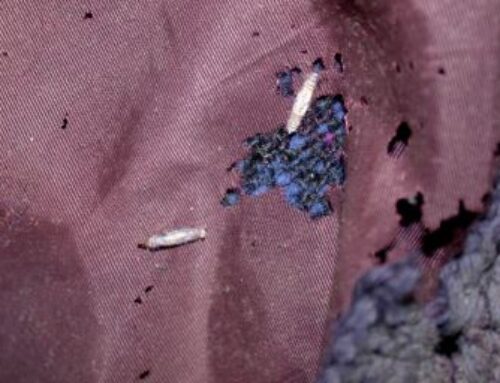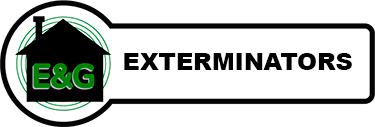Homeowners often underestimate how destructive termites can be until damage becomes severe. These pests silently feed on wood structures, flooring, and even wallpaper, often leaving little evidence until costly repairs are necessary. A professional termite inspection is the most reliable way to identify signs of infestation early and prevent long-term structural issues. By understanding what to expect from the inspection process, homeowners can better prepare and feel confident that their property is fully protected.

Why Termite Inspections Are Essential
Termites are not just another nuisance pest; they are highly destructive and can compromise the safety and integrity of a home. Unlike ants or cockroaches, termites feed on cellulose material, which is present in wood, paper, and certain fabrics. Once inside, they work quietly, often unnoticed for months or even years.
A professional termite inspection helps to:
- Detect termites before major damage occurs.
- Identify moisture problems that attract termites.
- Assess vulnerable entry points around the property.
- Provide clear recommendations for prevention and treatment.
Since termites can be difficult to spot with an untrained eye, inspections by a licensed professional are critical to safeguarding a home.
What Inspectors Look For During the Visit
A thorough inspection is much more than just a glance at the walls and foundation. Termite inspectors are trained to identify subtle signs of activity and conditions that make an infestation more likely. Homeowners can expect the following areas to be carefully checked:
- Interior spaces: Walls, ceilings, baseboards, door frames, and flooring for blistering paint, hollow-sounding wood, or mud tubes.
- Exterior foundation: Cracks, crevices, and expansion joints where termites may enter.
- Attics and crawl spaces: Moisture damage, rotting wood, and structural weaknesses that attract termites.
- Outdoor areas: Mulch beds, wooden fences, tree stumps, and decks that may serve as food sources.
- Plumbing and drainage systems: Leaks and poor drainage often provide a damp environment where termites thrive.
Inspectors also look for evidence of other pests such as ants, rodents, cockroaches, and bed bugs since termite activity can overlap with other infestations.
Common Signs of Termite Activity
During the inspection, professionals search for telltale signs of termite colonies. Some of these may be overlooked by homeowners, but are key indicators for experts.
- Mud tubes: Thin, soil-like tunnels on walls, foundations, or crawl spaces that termites build for travel.
- Discarded wings: Evidence of swarming termites often found near windows, doors, or light fixtures.
- Damaged wood: Wood that sounds hollow or breaks easily, revealing tunnels inside.
- Frass: Termite droppings resembling fine sawdust or sand.
- Moisture problems: Leaks or condensation that create the perfect environment for termites.
By identifying these warning signs early, inspectors prevent small infestations from turning into significant damage. This level of precision reinforces the importance of consistent inspections, much like the broader value of regular pest inspections.
What Happens After the Inspection
At the conclusion of a professional termite inspection, the homeowner receives a detailed report. This document outlines the findings, identifies areas of concern, and suggests next steps. Depending on the results, inspectors may recommend preventive treatments, immediate extermination, or structural repairs to protect the property.
Homeowners can expect the report to include:
- Inspection summary: A clear overview of whether termite activity was found.
- Photographs: Images of damage, evidence, or vulnerable areas.
- Treatment options: Suggested approaches tailored to the infestation’s size and location.
- Preventive recommendations: Advice for sealing entry points, improving drainage, or reducing wood-to-soil contact.
This customized guidance provides clarity and ensures homeowners understand how to best protect their property moving forward. In climates with changing conditions, following up with quarterly pest control plans can add another layer of protection.
Preparing for Long-Term Protection
A one-time inspection is valuable, but long-term success depends on consistent monitoring and preventive action. Termites are persistent and can return if conditions remain favorable. For that reason, many homeowners schedule inspections annually or more frequently if they live in high-risk areas.
Preventive steps that can help include:
- Reducing excess moisture: Fixing plumbing leaks and ensuring proper drainage around the home.
- Storing firewood properly: Keeping stacks away from the foundation and raised off the ground.
- Maintaining landscaping: Trimming shrubs and trees that touch the home to limit pest bridges.
- Using treated wood: For decks, fences, and other outdoor structures, pressure-treated materials reduce the risk of infestations.
- Scheduling professional visits: Regular checkups identify vulnerabilities and prevent infestations before they begin.
When paired with professional expertise, these practices provide the most effective defense against termites.
Protect Your Home Before It’s Too Late
Do not wait until termite damage becomes visible to take action. Protect your property with a trusted inspection by contacting us at E&G Exterminators. A professional termite inspection ensures early detection, long-term savings, and peace of mind for your family.






